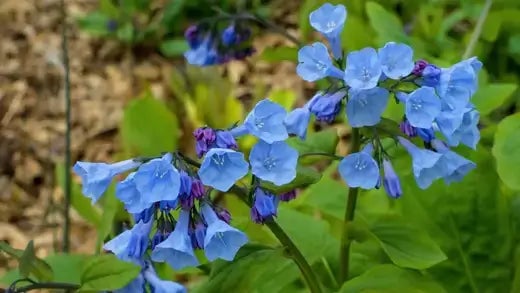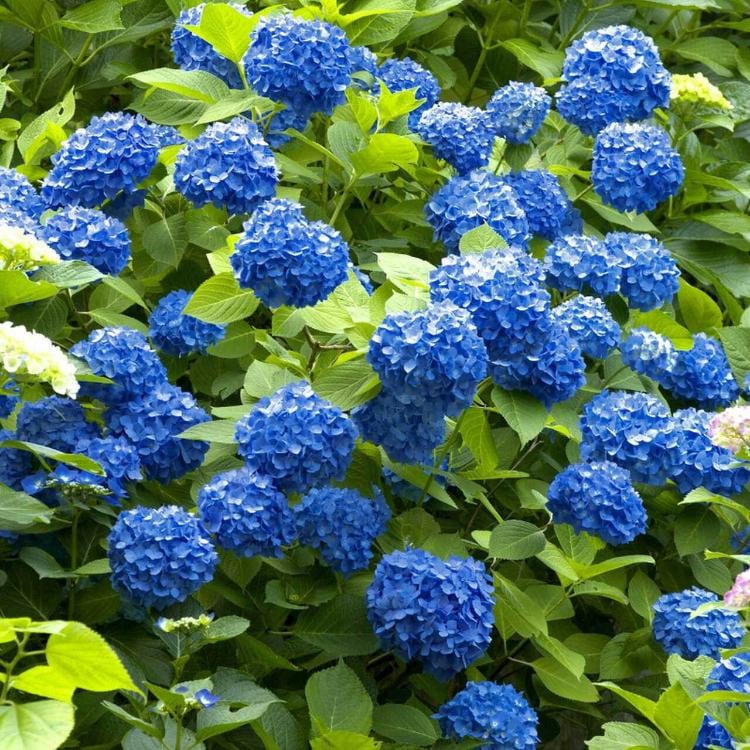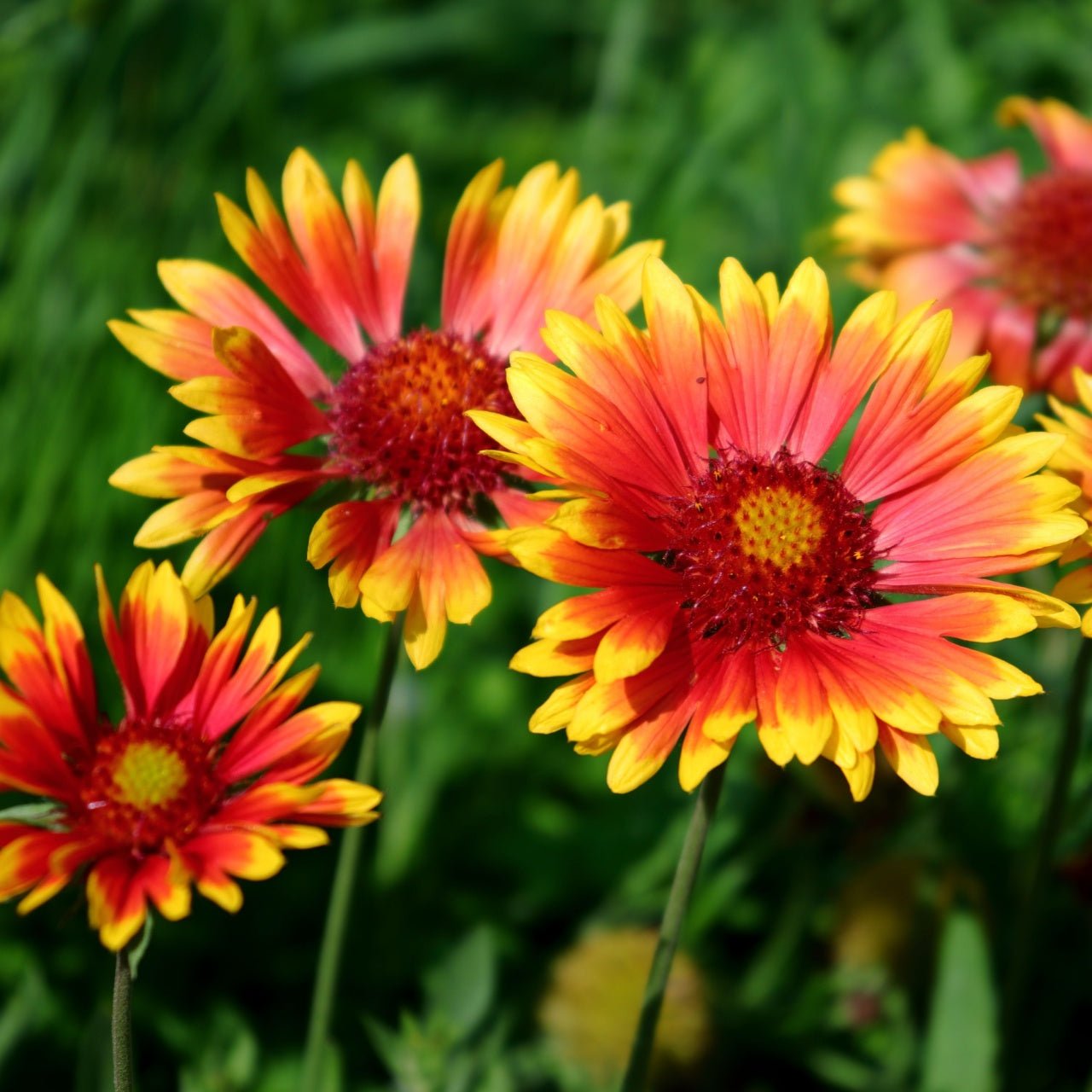The Flourishing World of A Mail Order Nursery: Cultivating Nature's Bounty
In the web era, where comfort and efficiency reign supreme, gardening and horticulture have transformed. No longer bound by the constraints of local nurseries or garden centers, enthusiasts and green thumbs alike now have the world at their fingertips, thanks to the advent of mail-order nurseries. These botanical bazaars offer a cornucopia of plants, trees, and shrubs delivered straight to one's doorstep, revolutionizing how we interact with nature and nurture our gardens.
Mail-order nurseries provide an extensive range of plants for customers to choose from. These online stores offer various plant species and genera, including native and exotic plants. For those who seek to add color to their garden, mail-order nurseries provide an array of flowering perennials in vibrant hues. Customers who want to add elegance to their garden can choose from various ornamental trees that come in different shapes and sizes. For those who want to grow their food, mail-order nurseries offer a variety of fruit-bearing shrubs such as blueberry bushes, raspberry canes, and strawberry plants.
A Mail Order Nursery Makes Things Easy
The plants offered by mail-order nurseries are carefully grown and tended to by experienced horticulturists. They are shipped to customers in excellent condition, ensuring they arrive healthy and ready to be planted. Clients can decide to have their plants delivered conveniently, making planning and growing their gardens easy.
Whether you are a beginner looking to start your first garden or a professional landscaper seeking specific plants for a project, mail-order nurseries cater to all tastes and preferences. They provide a convenient and reliable way to access a diverse range of plants without leaving the comfort of your home.
Central to the allure of mail-order nurseries is their unparalleled accessibility. Geographical barriers dissolve as customers from all corners of the globe can peruse catalogs and make purchases with a button. This democratization of plant acquisition broadens horizons and fosters a sense of interconnectedness among gardening enthusiasts worldwide. No longer confined by regional limitations, individuals can cultivate gardens that transcend borders, enriched by the diversity of botanical specimens sourced from far-flung locales.
Moreover, the convenience offered by mail-order nurseries extends beyond mere accessibility. With hectic schedules and busy lifestyles becoming the norm, the ability to shop for plants online represents a welcome respite for many. Gone are the days of tedious trips to physical nurseries, replaced instead by the ease of browsing digital galleries from the comfort of one's home. Time once spent navigating crowded aisles is now reclaimed, allowing for a more leisurely and informed decision-making process.
Yet, amidst the convenience and diversity lies a deeper narrative—one of sustainability and conservation. In an era marked by environmental problems and habitat loss, mail-order nurseries play a vital role in preserving biodiversity and safeguarding endangered species. Through partnerships with conservation organizations and adherence to sustainable harvesting practices, these nurseries serve as custodians of botanical heritage, ensuring that rare and threatened plants persist and thrive for years to come.
A Mail Order Nursery Takes Little To No Time
Mail-order nurseries offer a multitude of environmental benefits that go beyond just conservation efforts. One of the most notable advantages of virtual nurseries is that they eliminate the need for traditional brick-and-mortar establishments, significantly reducing carbon emissions related to transportation and infrastructure. By avoiding the construction and maintenance of physical stores, mail-order nurseries minimize their environmental impact and help reduce their carbon footprint.
A Mail Order Nursery Helps Save The Environment
Moreover, when it comes to shipping plants, mail-order nurseries have a much smaller carbon footprint compared to mass-producing and distributing them through conventional channels. This is because individual plants can be shipped directly to consumers, reducing the need for excessive packaging, transportation, and storage. By cutting down on these processes, mail-order nurseries significantly reduce their environmental impact, making them a more sustainable and eco-friendly alternative to traditional nurseries.
By exemplifying the combination of commerce and conservation, mail-order nurseries prove that profitable businesses can prioritize the planet's well-being. These virtual nurseries demonstrate that achieving profitability without compromising the environment is possible and that sustainable practices can be an integral part of business operations.
Yet, despite their myriad virtues, mail-order nurseries are not without challenges. Chief among these is the delicate matter of plant health and viability during transit. The journey from nursery to doorstep can be fraught with peril as plants endure fluctuations in temperature, humidity, and handling along the way. To mitigate these risks, reputable mail-order nurseries employ stringent packaging protocols and expedited shipping methods, ensuring each botanical specimen arrives in optimal condition. Additionally, many nurseries offer guarantees and return policies to assuage concerns and provide peace of mind to customers.

The expansion of online marketplaces has led to a sharp increase in competition within the mail-order nursery industry. As new players enter the market, nurseries are increasingly working to capture market share and consumer attention. To succeed in this crowded marketplace, nurseries must distinguish themselves from the competition. Quality of products, exceptional customer service, and innovative offerings are some of how nurseries can set themselves apart from the rest.
A Mail Order Nursery Makes Buying In Bulk Cheap
However, more than simply providing these basic features is required to ensure success. To foster customer loyalty, nurseries must go above and beyond to create a personalized shopping experience. By delivering tailored advice based on client tastes and purchase history, nurseries can help customers find the perfect plants. Educational resources such as informative blog posts, instructional videos, and expert advice can help customers feel more confident in their purchase decisions.
Another critical strategy for nurseries is community engagement. By building a strong sense of community, nurseries can foster client dedication and create a favorable reputation for their brand. This can be achieved through various means such as social media engagement, hosting events, and partnering with local organizations. By creating a strong sense of community, nurseries can create a faithful client base that will persist in supporting their business for years.
A Mail Order Nursery Makes Gardening Easy
In conclusion, the rise of mail-order nurseries represents a triumph of technology, commerce, and conservation. By leveraging digital platforms to connect growers with consumers, these virtual nurseries have redefined the landscape of horticulture, making the world of plants more accessible, sustainable, and vibrant than ever before. As we steer an increasingly complicated and connected world, the enduring allure of gardening serves as a reminder of our intrinsic connection with nature. This connection is nurtured and celebrated by the thriving world of online nurseries.
Order your garden plants and trees from TN Nursery

It's easy, convenient, and fast. Most online mail-order nurseries offer better deals than your local garden centers or home stores. Plant Nurseries often are online with great discounts and slashed prices, mainly when you deal directly with the grower.
Any Plant Nursery can give pointers on choosing, preparing the ground, and ordering plants. But when you go to an online nursery, all the information is there in plain writing where you can study each particular plant species and decide which would work best and suit your specific needs.
So when you have a few minutes to browse, look at our online mail-order nursery. It's fast, state-certified, has excellent grade quality, and super cheap shipping.
We have a wide variety of Perennials, Trees, Shrubs, Grasses, and Sedges Online.
Read more

Does your yard lack something? Maybe it's a lack of plants. It's just too bare. Maybe it's a plan or design, it seems like your yard has just been thrown together in a short time frame, or maybe it...

One of the fastest-growing southern pines is the Loblolly Pine, Pinus Taeda, which grows to an excellent 60 to 100 feet tall and 25 to 35 feet wide.The Loblolly Pine can grow in acidic, drought tol...





